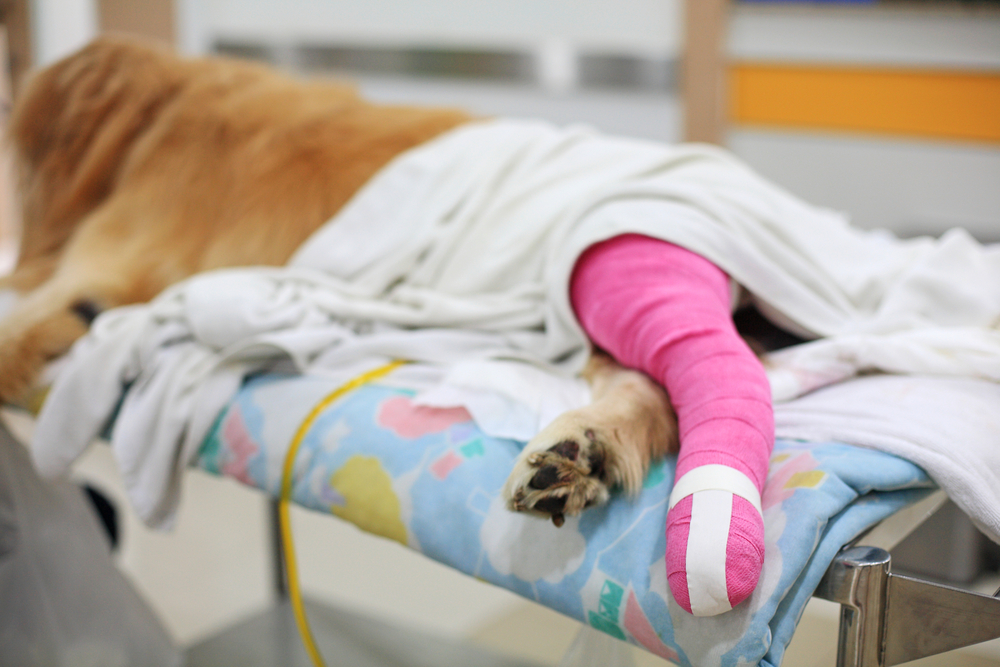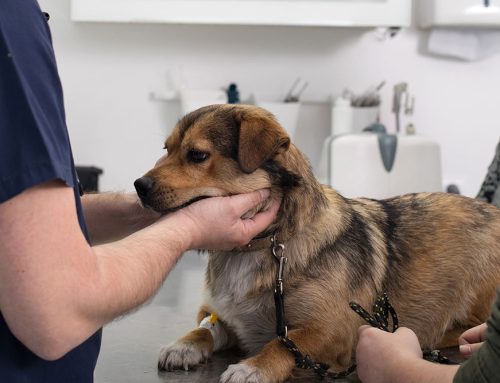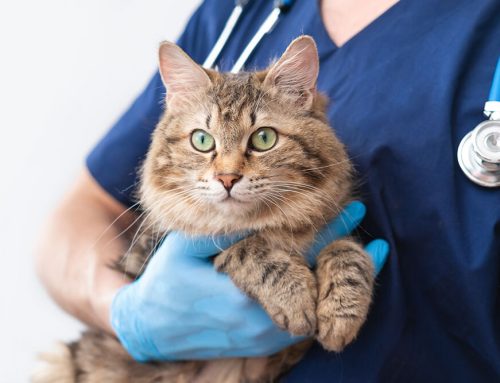In recent years, veterinary medicine advancements have brought about innovative techniques to enhance pets’ care and treatment. Surgical lasers, including carbon dioxide (CO2) lasers, are one such advancement. This cutting-edge technology replaces the scalpel and effectively treats several soft tissue conditions. Santa Monica Veterinary Group explains CO2 laser surgery for pets, describing its advantages and applications.
Veterinary surgical lasers
In medical terms, light amplification by the stimulated emission of radiation is shortened to laser. Surgical lasers generate an intense directed light beam that can cut, seal, or remove tissues. The CO2 laser emits a colorless, infrared light beam at a wavelength of 10,600 microns (μm). The surgeon’s ability to control the light’s intensity makes CO2 laser surgical applications extremely precise.
Laser surgery benefits for pets
While various lasers are used in veterinary medicine, one of the primary lasers used for soft tissue surgeries is the CO2 laser. CO2 laser benefits include:
- Precision — CO2 laser surgery allows veterinary surgeons to target specific tissues while precisely minimizing damage to surrounding areas. This precision is beneficial during delicate procedures, such as soft tissue surgeries.
- Less bleeding — The CO2 laser seals blood vessels as it cuts, resulting in minimal bleeding during and after surgery. This provides a more evident surgical field for the veterinarian, reduces the complication risk, and promotes quicker healing for your pet.
- Decreased pain and swelling — The laser’s energy cauterizes nerve endings and lymphatic vessels, reducing your pet’s postoperative pain and swelling. Laser surgeries contribute to a smoother recovery process and improved overall comfort without the pain and swelling associated with traditional scalpel surgery.
- Sterilization — The high temperatures generated by the CO2 laser effectively incinerate microorganisms, ensuring a sterile surgical site and reducing a pet’s infection risk.
- Reduced trauma — CO2 lasers do not tear and bruise tissue associated with traditional surgical instruments, such as scalpels. Because lasers do not make direct contact with the tissue, a pet experiences less trauma associated with surgery. The laser also seals lymphatic vessels, which reduces swelling.
- Quicker recovery — Because laser surgery is less invasive than traditional surgery, with minimal bleeding, swelling, and pain, your pet is back on their paws much more quickly after a procedure.
Laser surgery applications in veterinary medicine
Veterinarians use lasers to treat many conditions, but CO2 lasers are used primarily for surgeries. The following common pet conditions are treated through the use of the CO2 laser:
- Dermatological procedures — Dermatological conditions in pets, such as cysts, warts, and skinfolds, can be effectively treated using CO2 laser surgery. The laser’s ability to precisely abate tissue allows for targeted skin abnormality treatment while minimizing scarring.
- Soft tissue surgeries — CO2 laser surgery is commonly used for pets’ various soft tissue procedures, including tumor removals, skin surgeries, oral surgeries, and specialized internal procedures. This modality’s precision and minimal tissue damage make it compatible with intricate operations in sensitive areas.
- Ophthalmic surgery — Laser surgery can be employed in pets’ select ophthalmic procedures such as eyelid tumor removals and eyelid surgeries for entropion or ectropion. Careful laser application ensures minimal trauma to delicate eye tissues.
Prepare your pet before laser surgery
Our team will provide you with specific instructions to prepare your pet before CO2 laser surgery. Preoperative care may include fasting requirements, medication protocols, preoperative blood work, and other tests to ensure your pet is healthy enough for the procedure.
Pet care after laser surgery
After CO2 laser surgery, your pet may require special care and monitoring during their recovery. This might entail diet changes, administering prescribed medications, restricting activity and promoting rest, wound care, and other postoperative requirements. Pets may need additional at-home monitoring to ensure their recovery is successful.
CO2 laser surgery is a valuable tool in the veterinary medicine arsenal. It offers precise, minimally invasive solutions for pets’ various surgical procedures. Laser surgery’s advantages of reducing bleeding, decreasing pain, and enhancing surgical outcomes make it a preferred modality for many pet owners and veterinarians alike. By understanding CO2 laser surgery’s advantages, you can make informed decisions regarding your four-legged friend’s medical needs. If you would like additional information about CO2 laser surgery, contact our team at Santa Monica Veterinary Group.







Leave A Comment